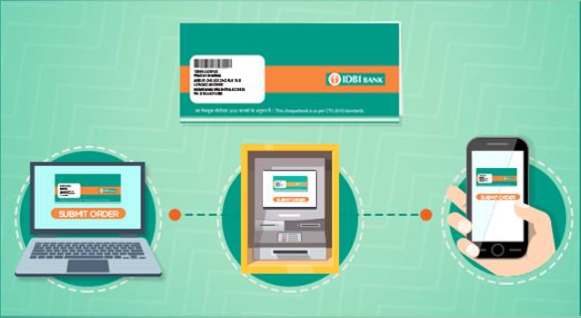A bulk of the bank’s NPAs are facing the bankruptcy proceedings where adequate provisions have been made. The bank expects to get the benefit of write-backs as and when the recovery takes place
The LIC-owned IDBI Bank has met all but one (return on asset) parameters to exit the Reserve Bank of India (RBI)’s prompt corrective action (PCA) framework under which the central bank puts partial restrictions on credit. The IDBI Bank came under the PCA framework in May 2017 after a massive asset quality deterioration, losses in the books and lower capital levels.
“We are hopeful of RBI taking a call very soon,” says Rakesh Sharma, MD & CEO of IDBI Bank Ltd.
The bank’s return on asset (ROA) is currently negative at 7.63 per cent for the quarter ending December 2019. For the nine months of 2019-20, the ROA stands at 5.70 per cent compared to 4.68 per cent for 2018-10. The RBI’s PCA requires the ROA to be above 0.25 per cent.
The capital adequacy ratio has moved up to 12.56 per cent after the LIC pumped in over Rs 30,000 crore into the bank to take a majority stake. The Tier-1 capital is also comfortable at 10.16 per cent.
The asset quality is still very bad. The gross NPAs are at 28.72 per cent for the third quarter of 2019-20. The only good news is that the provision coverage ratio improved to 92.41 per cent in December 2019 as against 75.21 per cent in September 2019.
But the RBI’s PCA framework considers net NPA of 10 per cent as one of the requirements for tagging a bank as the weak bank. The net NPAs of the bank is currently at 5.25 per cent as of December 2019 as against 14.01 per cent a year ago.
A bulk of the bank’s NPAs are facing the bankruptcy proceedings where adequate provisions have been made. The bank expects to get the benefit of write-backs as and when the recovery takes place. “We are expecting a recovery of Rs 2,500 crore in the fourth quarter,” says Rakesh Sharma, MD & CEO of the bank.
Recently, the bank made a recovery of Rs 2,255 in case of Essar Steel, which saw a resolution under the bankruptcy code.
The management claimed that the turnaround has happened. The bank exercised the option of lower tax rate taking a one-time hit of Rs 6,273 crore. Excluding the impact of this one-time additional hit, the bank would have reported net profit of Rs 418 crore as against the net loss of Rs 5,763 crore being reported for the current year.
The bank has a restricted lending because of the PCA framework. The RBI allows lending to only safe retail assets. The retail assets are now 55 per cent while corporate book is 45 per cent of its advances. “The target is to have a 60 per cent retail book and 40 per cent corporate,” says Sharma.
Similarly, low cost current and savings account (CASA) ratio improved to 47.65 per cent of total deposits compared to 38.36 per cent a year ago. “We will be targeting a minimum CASA of 45 per cent in future,” says Sharma.
The bank is currently classified as a private bank by the RBI post the acquisition of a majority stake by the LIC.


